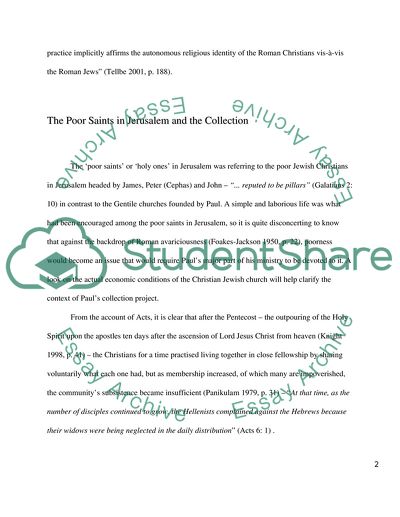Cite this document
(Collection for the Poor Saints in Jerusalem Assignment, n.d.)
Collection for the Poor Saints in Jerusalem Assignment. Retrieved from https://studentshare.org/religion-and-theology/1736609-paul-in-contemporary-perspective-topic-a3
Collection for the Poor Saints in Jerusalem Assignment. Retrieved from https://studentshare.org/religion-and-theology/1736609-paul-in-contemporary-perspective-topic-a3
(Collection for the Poor Saints in Jerusalem Assignment)
Collection for the Poor Saints in Jerusalem Assignment. https://studentshare.org/religion-and-theology/1736609-paul-in-contemporary-perspective-topic-a3.
Collection for the Poor Saints in Jerusalem Assignment. https://studentshare.org/religion-and-theology/1736609-paul-in-contemporary-perspective-topic-a3.
“Collection for the Poor Saints in Jerusalem Assignment”, n.d. https://studentshare.org/religion-and-theology/1736609-paul-in-contemporary-perspective-topic-a3.


